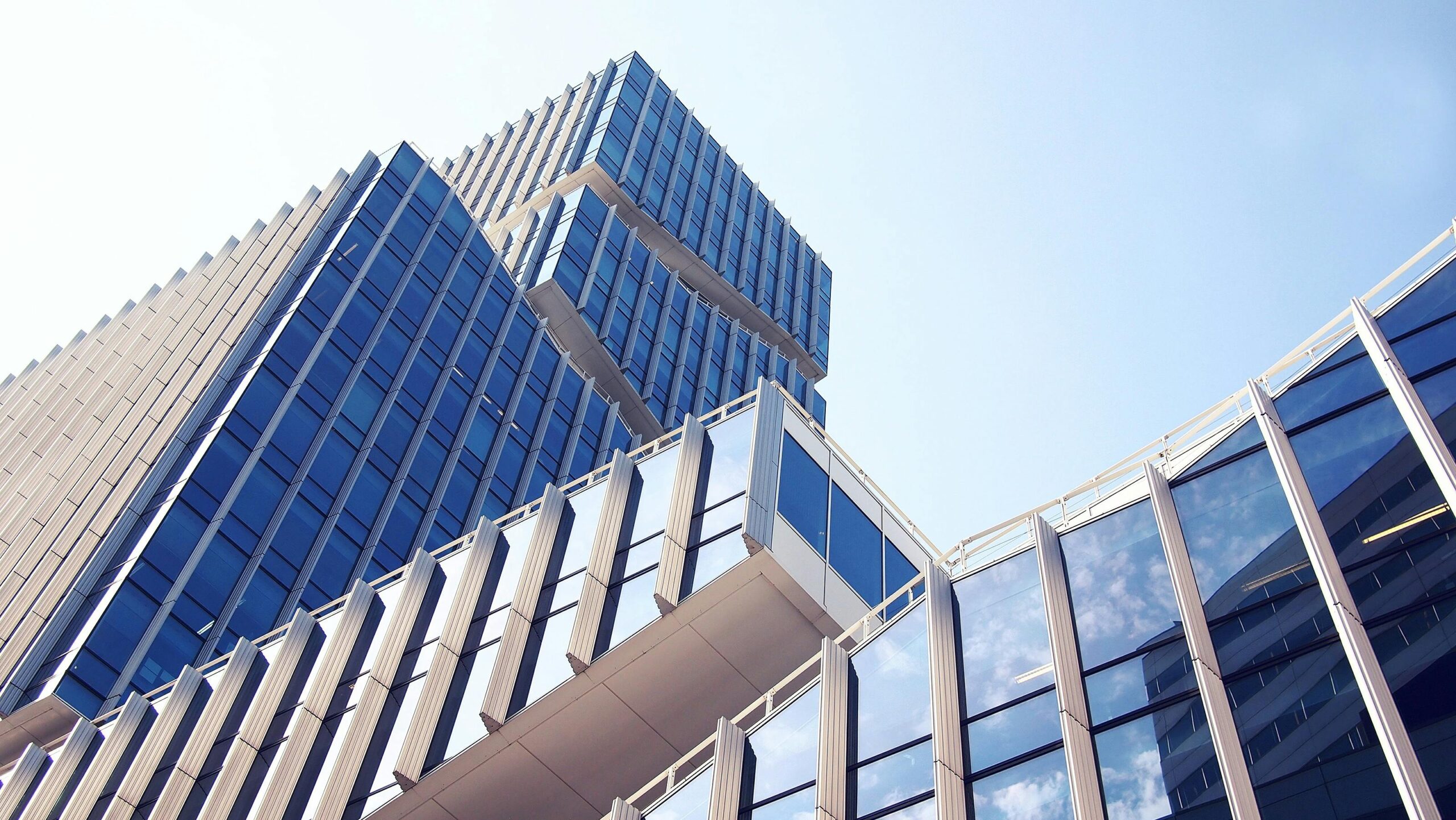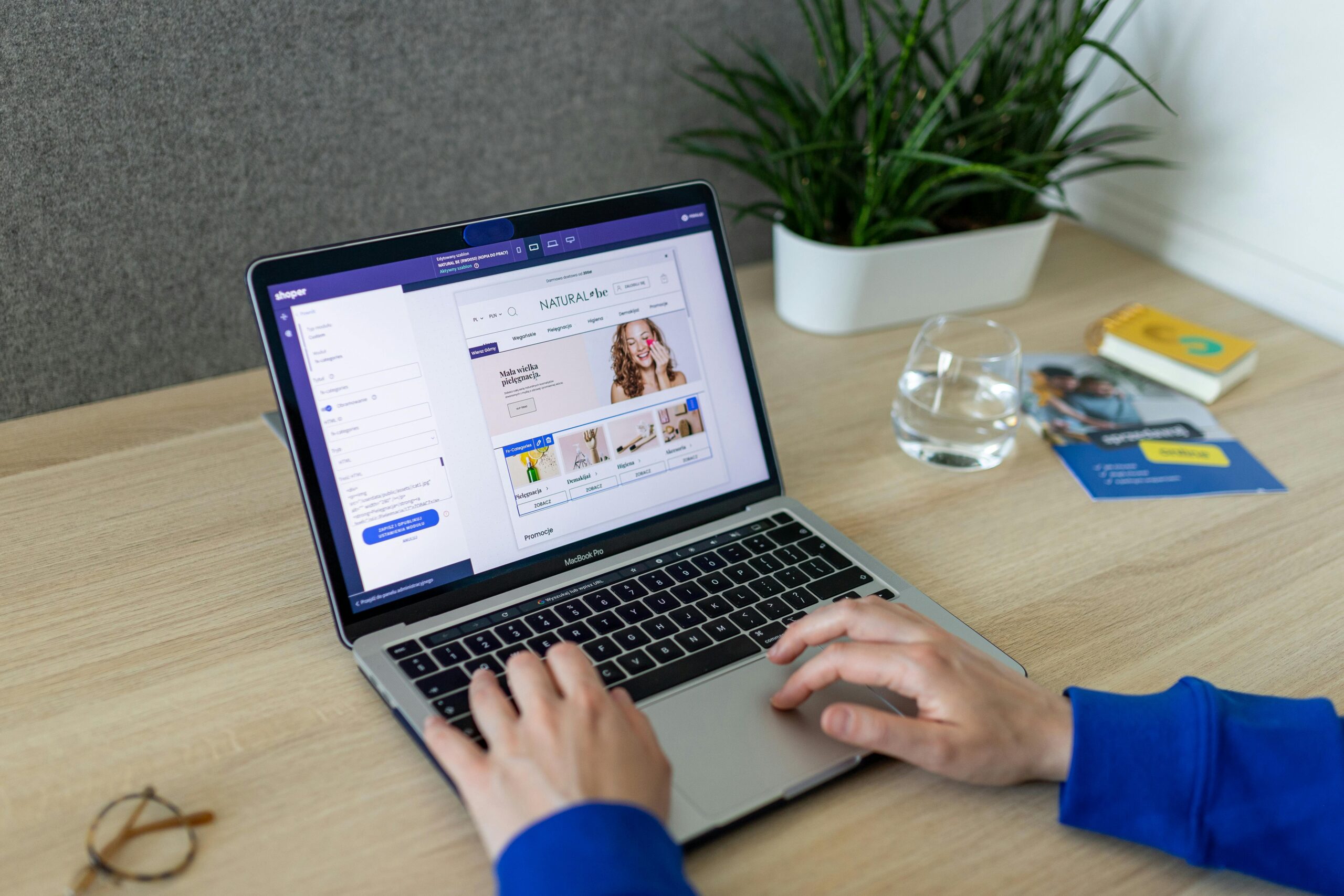In today’s professional world, the term business casual has become increasingly common. But what does it really mean? Many people find themselves puzzled about how to dress appropriately for work while staying comfortable and stylish.
Dressing appropriately in professional settings is crucial. It not only impacts how colleagues and clients perceive you but also boosts your confidence and productivity. Whether you’re attending an office meeting, presenting to clients, or working remotely, knowing the business casual dress code can make a significant difference in your professional image.
This guide will help you understand the essence of business casual and offer practical tips on styling it for various settings. By the end, you’ll be equipped with the knowledge to confidently dress for success.
What Is Business Casual?
Definition and Origin
Business casual is a style of dress that balances professional appearance with comfort. It sits between formal business wear (like suits and ties) and casual clothing (like jeans and t-shirts). The term became popular in the 1990s as workplaces started to adopt more relaxed dress codes without compromising professionalism.
Difference Between Business Casual, Casual, and Formal Business Attire
| Dress Code | Description | Example Outfits |
|---|---|---|
| Formal Business | Highly professional, often required in corporate or legal sectors | Suits, ties, pencil skirts, closed-toe heels |
| Business Casual | Professional yet relaxed, suitable for most office settings | Dress shirts, blouses, chinos, skirts, loafers |
| Casual | Comfortable everyday wear, not for professional meetings | Jeans, t-shirts, sneakers |
Industries and Workplaces That Use Business Casual
Business casual is commonly applied in:
- Tech companies (like software development firms)
- Creative industries (marketing, design, media)
- Startups and small businesses
- Corporate offices with flexible dress policies
It allows employees to maintain a professional image while feeling comfortable during the workday.
Key Elements of Business Casual Attire
For Women
Women have a variety of options in business casual attire:
- Tops: Blouses, button-down shirts, and fine-knit sweaters
- Bottoms: Dress pants, knee-length skirts, or tailored trousers
- Dresses: Shift dresses or wrap dresses that are not too revealing
- Shoes: Closed-toe flats, loafers, or low heels
- Accessories: Minimal jewelry, belts, and structured bags
For Men
Men can also maintain a polished look without wearing a full suit:
- Shirts: Dress shirts, polo shirts, or collared shirts
- Bottoms: Chinos, slacks, or tailored trousers
- Layers: Blazers or light sweaters
- Shoes: Loafers, brogues, or dress shoes
- Accessories: Watches, belts, and subtle ties if needed
Importance of Fit, Color, and Comfort
A key to business casual is fit and coordination. Clothes should not be too tight or loose and colors should complement each other. Neutral tones like navy, beige, black, and white are easy to mix and match. Comfort is also important, as it ensures you look confident and feel at ease throughout the day.
Business Casual Dos and Don’ts
Dos
- Do choose well-fitted clothing: Tailoring can make a simple outfit look polished.
- Do mix neutral and soft colors: Helps maintain a professional appearance.
- Do invest in versatile pieces: Items like a blazer or quality shoes can elevate any outfit.
- Do consider your workplace culture: Some offices lean more formal than others.
Don’ts
- Don’t wear ripped jeans or casual t-shirts: These lean too far into casual wear.
- Don’t over-accessorize: Flashy jewelry or loud prints may appear unprofessional.
- Don’t neglect grooming: Wrinkled clothes or messy hair undermine your overall look.
Tips for Maintaining a Polished Look
- Keep clothes clean and pressed
- Rotate outfits to avoid repeating the same look too often
- Pay attention to shoes—clean shoes leave a strong impression
Styling Tips for Different Settings
Office Environment
For daily office wear:
- Women can pair tailored trousers with a blouse and flats.
- Men can wear chinos with a button-down shirt and loafers.
Visual Idea: A chart showing “Top 5 Business Casual Staples for Men and Women” with images of blouses, trousers, blazers, shoes, and accessories.
Meetings and Presentations
Elevate your style slightly:
- Add a blazer or structured jacket
- Opt for polished shoes
- Use subtle accessories like a watch or simple necklace
Remote Work & Hybrid Settings
Even when working from home, maintaining professionalism is important:
- Choose smart tops with casual bottoms
- Ensure the upper half looks presentable for video calls
- Stick to neutral or soft colors for a professional look
Seasonal Adaptations
Spring/Summer
- Light fabrics: Cotton, linen, or chambray for comfort
- Colors: Lighter shades like pastels or soft neutrals
- Outfits: Short-sleeved blouses, knee-length skirts, or lightweight trousers
Fall/Winter
- Layers: Sweaters, cardigans, or blazers
- Fabrics: Wool, tweed, or thicker cotton
- Outfits: Darker tones for a sophisticated look, paired with scarves or closed-toe shoes
Visual Idea: Side-by-side seasonal outfit examples for men and women.
Accessorizing Your Business Casual Look
Accessories should enhance your outfit without overpowering it.
- Jewelry: Keep it minimal—stud earrings or a simple bracelet
- Watches: Classic and subtle designs work best
- Belts & Bags: Choose neutral colors that match your outfit
A well-chosen accessory adds polish while keeping your look professional.
Business Casual Footwear Guide
Shoes are an important part of the business casual look:
- Women: Flats, loafers, low heels, or closed-toe shoes
- Men: Loafers, brogues, dress shoes, or clean sneakers (depending on office policy)
Tip: Comfort is key—ensure shoes allow you to walk and stand comfortably without compromising style.
Visual Idea: Graph comparing the most popular business casual shoe choices by gender and office environment.
Business Casual for Special Occasions
Even within business casual, certain events require an elevated style:
- Client Meetings: Add a blazer, wear polished shoes, and choose solid colors
- Networking Events: Accessorize minimally and ensure a neat, confident appearance
- Conferences: Stick to versatile outfits that can transition from casual to semi-formal
Conclusion
Mastering the business casual dress code means balancing professionalism with comfort. By understanding the key elements, avoiding common mistakes, and adapting to different settings and seasons, you can present yourself confidently at work.
Remember, business casual is flexible. Experiment with colors, fabrics, and layers while keeping your look polished and professional. With these tips, dressing for success becomes both effortless and stylish.
FAQs
1. Can I wear jeans as business casual?
It depends on your workplace. Dark, well-fitted jeans without rips can be acceptable in many modern offices.
2. Are polo shirts considered business casual?
Yes, polos paired with chinos or tailored trousers can be business casual for men.
3. Can women wear open-toe shoes in business casual?
Some offices allow it, but closed-toe shoes are generally safer for a professional look.
4. How can I make business casual look more stylish?
Use well-fitted clothing, subtle accessories, and neutral colors to create a polished look.
5. Is business casual the same in every country?
No, cultural and regional differences can affect what is considered appropriate business casual.
6. Can I wear open-toe shoes in business casual attire?
It depends on the office. Many workplaces prefer closed-toe shoes, but stylish sandals may be fine in relaxed or warm-weather environments.
7. How can I make my business casual outfit more stylish?
Use accessories like watches, belts, and minimal jewelry. Layering a blazer or adding subtle color accents can elevate your overall look.
8. What’s the difference between business casual and smart casual?
Business casual is slightly more formal, focusing on workplace-appropriate pieces. Smart casual allows more flexibility and may include high-quality jeans or stylish casual wear.
9. Does business casual apply to remote work?
Yes. Even when working remotely, wearing a clean, smart top for video calls helps maintain professionalism and confidence.
10. How do I know what my company’s dress code allows?
Check your employee handbook or observe what your colleagues wear. When unsure, aim for a polished, conservative style until you learn your office’s culture.
Disclaimer
This content is for informational purposes only and is not professional fashion advice. Always consider your workplace dress code, cultural context, and personal comfort when choosing business casual attire.



